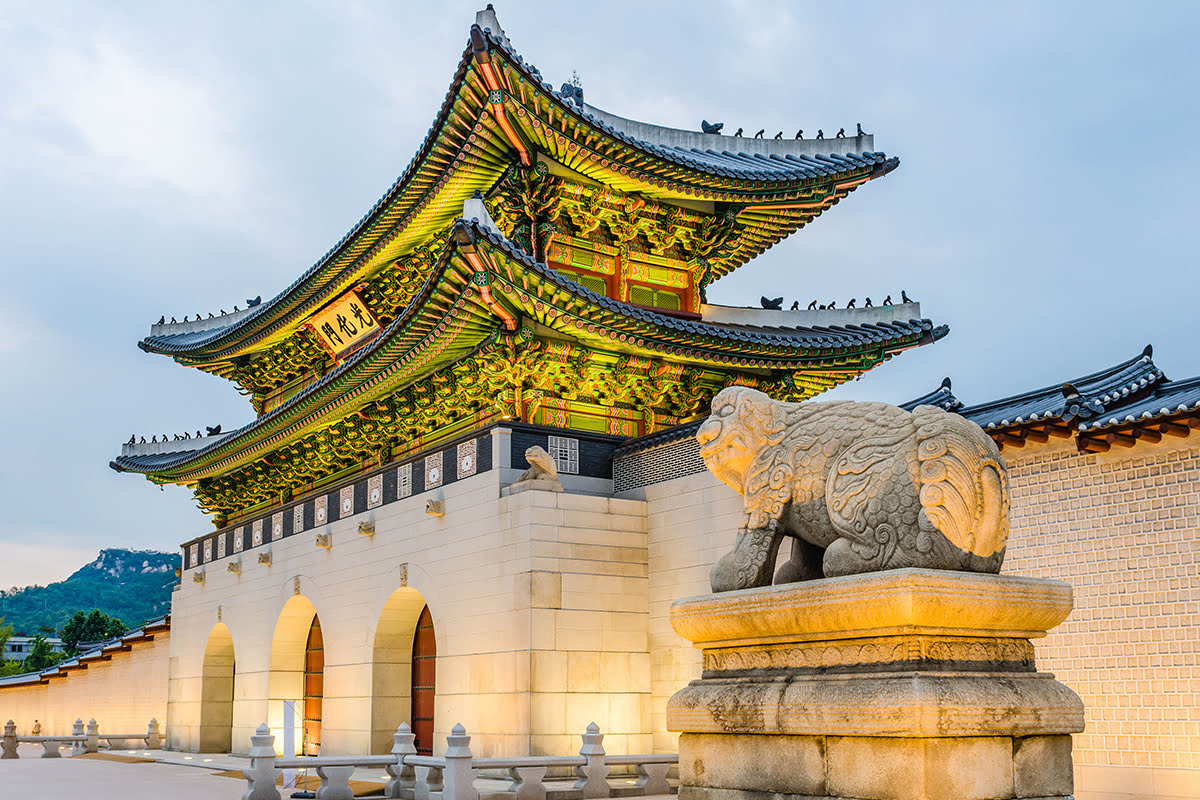Gyeongbokgung Palace Tickets & Changing of the Guard Hours

Located just north of Gwanghwamun Square, Gyeongbokgung Palace is one of Seoul’s can’t-miss attractions. Gyeongbokgung, also known as Gyeongbok Palace, is the largest of the Five Palaces built in Seoul during the Joseon Dynasty. Today, the expansive grounds of Gyeongbokgung Palace is home to the National Folk Museum of Korea and the National Palace Museum of Korea. Find out how to get Gyeongbokgung Palace tickets and when you can see the changing of the guard.
Step-by-Step Guide to Exploring Gyeongbokgung Palace
In addition to the historic buildings and traditional gardens, Gyeongbokgung Palace is famous for the royal changing of the guard ceremony that takes place twice a day. While perhaps not as well-known as the Queen’s Guard at Buckingham Palace, the royal palace guards of Gyeongbokgung are a sight to behold, and this traditional ceremony is a rare opportunity to catch a glimpse of Seoul’s past.
Given the palace’s many buildings and expansive grounds, it’s a good idea to go in with a plan and some idea of what you’d like to see. This step-by-step guide will help you make the most of your Gyeongbokgung Palace tickets.
Check In to Shilla Stay Gwanghwamun, Step Out to Gyeongbokgung Palace
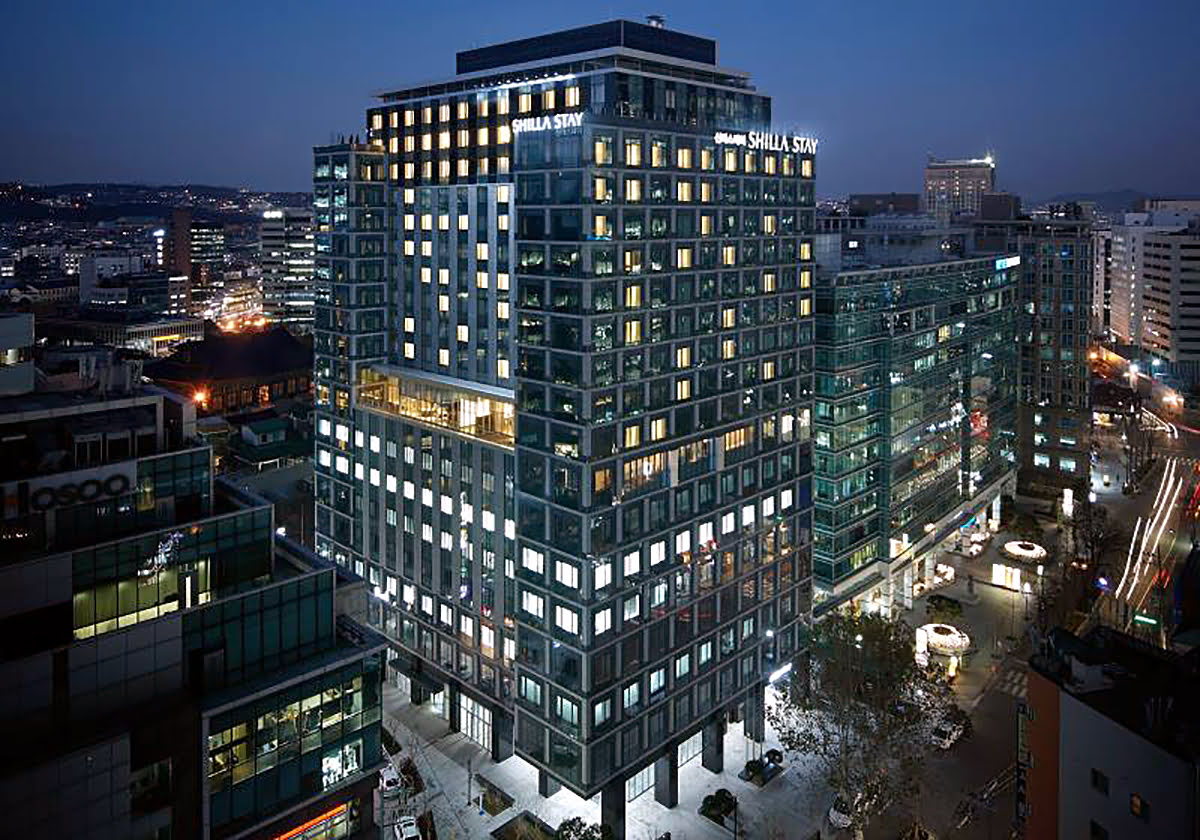
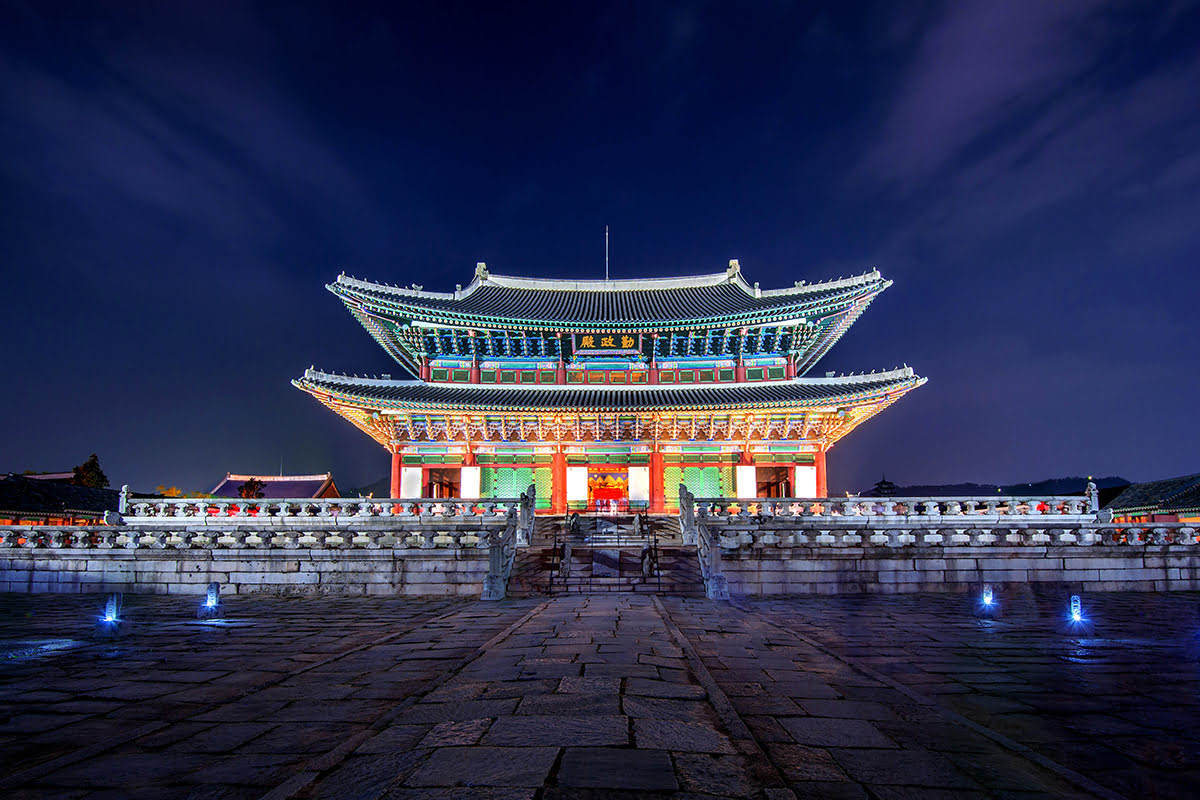
Know Before You Go to | Gyeongbokgung Palace tickets and tours
Admission and Fees
- Adults – 3,000 won
- Children (ages 7 – 18) – 1,500 won
- Children (six and younger), seniors (65+), and anyone wearing hanbok gets in for free.
- Admission is free for everyone on Culture Day – the last Wednesday of every month.
- Discounts are available for groups of 10 or more.
- First two hours of parking is 3,000 won for small vehicles or 5,000 won for large vehicles. Each additional 10 minutes is 800 won.
Operating Hours
- March – May: 9am – 6pm
- June – August: 9am – 6:30pm
- September – October: 9am – 6pm
- November – February: 9am – 5pm
- The last admission is one hour prior to closing.
- The palace is closed on Tuesdays.
- Operating hours are subject to change.
Free Guided Tours
- English: 11am, 1:30pm, 3:30pm
- Japanese: 10am, 12:30pm, 2:30pm
- Chinese: 10:30am, 1pm, 3pm
- Tours begin in front of the information center inside Heungnyemun Gate and last for an hour and a half.
- Groups of 10 or more must make an advance registration.
- Self-guided audio tours are available to rent.
Check into Four Seasons Hotel Seoul, Step out to Heungnyemun Gate
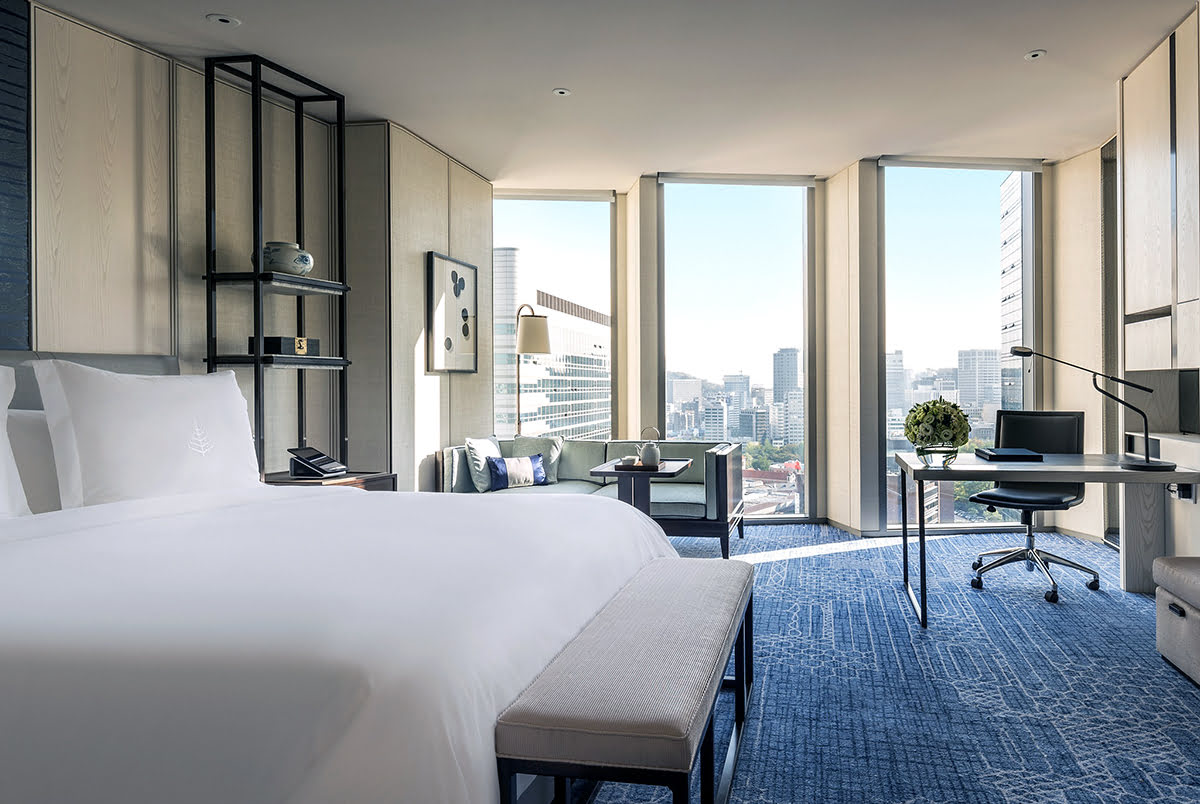
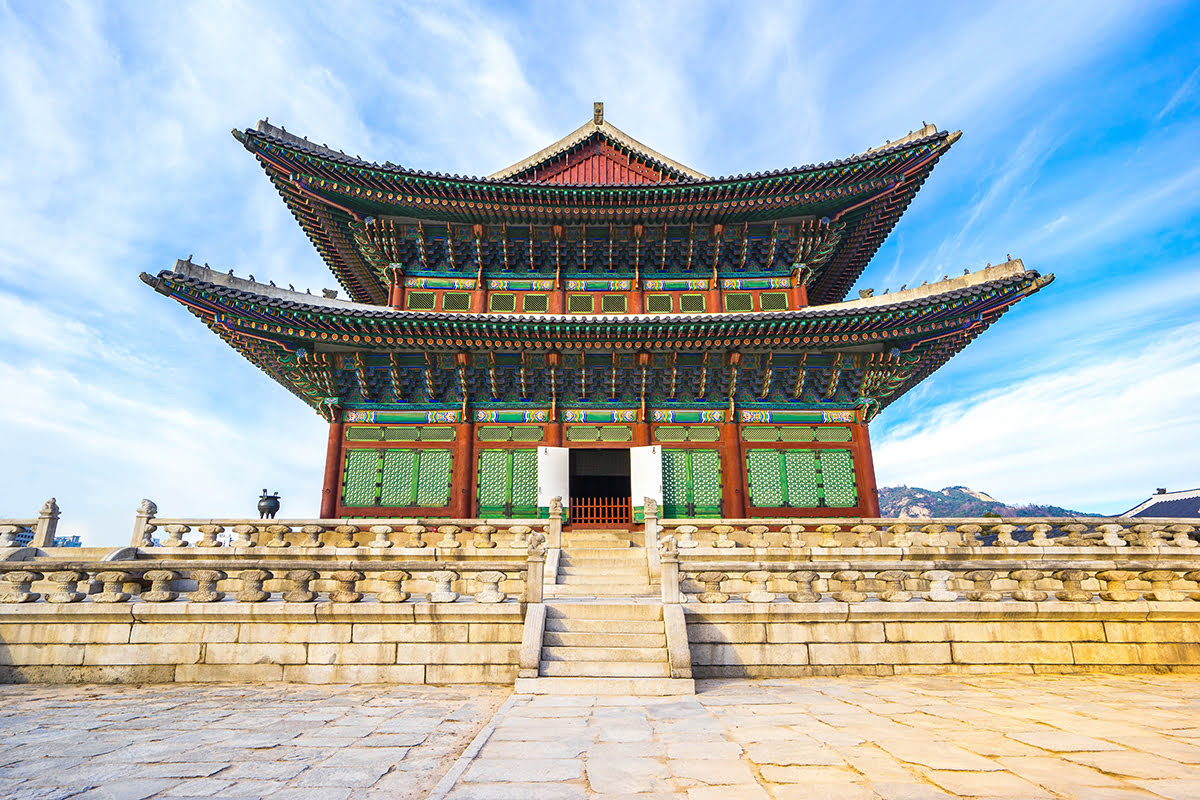
Step 1 – Understand the History
Gyeongbokgung Palace was built in 1395 by the first ruler of the Joseon Dynasty, King Taejo. Over the next two hundred years, the palace was expanded by King Taejong and King Sejong the Great. After a devastating fire in 1553, King Myeongjong ordered a major restoration. During this time, the palace was home to the royal family and the seat of government with royal duties being carried out in the various halls behind the palace walls.
Gyeongbokgung Palace continued to expand until 1592 when it was completely destroyed during the Japanese invasion of the Imjin War. With Gyeongbokgung reduced to ashes, the royal residence was moved to Changdeokgung Palace, and Gyeongbokgung Palace began almost two centuries of abandonment.
In 1867, the palace was rebuilt and expanded to an incredible 330 buildings and 5,792 rooms. Gyeongbokgung once again became the heart of Seoul and an iconic symbol of Korea and the Korean royal family. Sadly, tragedy struck again in 1895 when Empress Myeongseong was assassinated. Following her death, her husband, Emperor Gojong, left the palace. The Imperial Family would never return to Gyeongbokgung Palace. Beginning in 1910, the Empire of Japan systematically destroyed all but ten of Gyeongbokgung’s buildings during the Japanese occupation of Korea. Just three of the palace’s 19th century buildings survived both Japanese rule and the Korean War – Geunjeongjeon (Imperial Throne Hall), Gyeonghoeru Pavillion, and the Hyangwonjeong Pavillion.
In 1989, the government of South Korea committed to restoring hundreds of important historical buildings that were destroyed during the Japanese occupation. The restoration of Gyeongbokgung Palace was a critical part of this plan, and much of the reconstruction has already been completed. About 40% of the buildings have already been meticulously rebuilt with incredible attention to historical accuracy. As you tour the palace grounds, it won’t take much to imagine that you have stepped back in time.
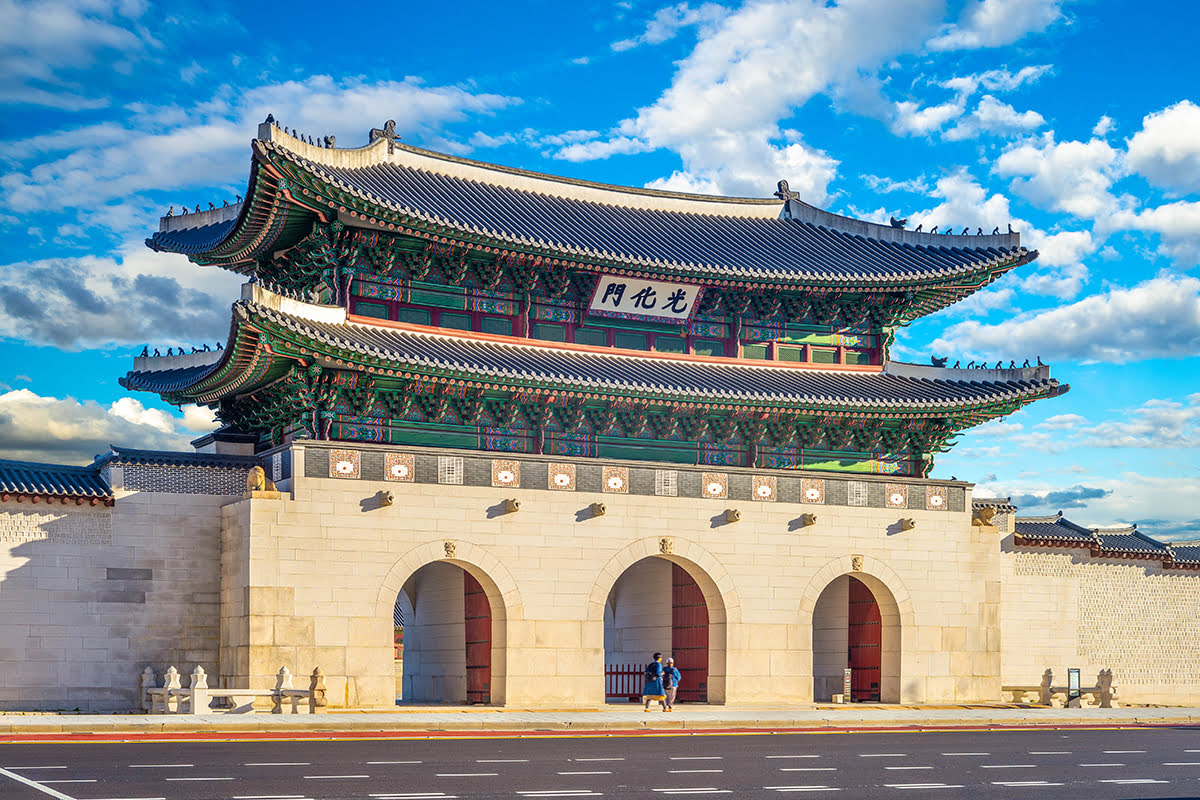
Step 2 – Get Your Gyeongbokgung Palace Tickets at Gwanghwamun Gate
The palace opens at 9am, but it’s wise to arrive a few minutes early in order to beat the rush. You’ll want to enter through the Gwanghwamun Gate to the south since the majority of tour buses unload near the gate and ticket booth on the eastern side of the palace. Be sure to grab a map – you’re going to need it!
As you pass through Gwanghwamun Gate, make note of the traditional two-story pavilion and the three arched gateways. The reconstruction of this main palace gate was finally completed in 2010 after five years of painstaking work to render it identical to the gate that stood on this same location centuries ago. You’ll be returning to this gate for the changing of the guard ceremony, so for now, move on to explore the grounds and palace buildings.
Check into Gowoondang Hanok Guesthouse, Step out to Gwanghwamun Square
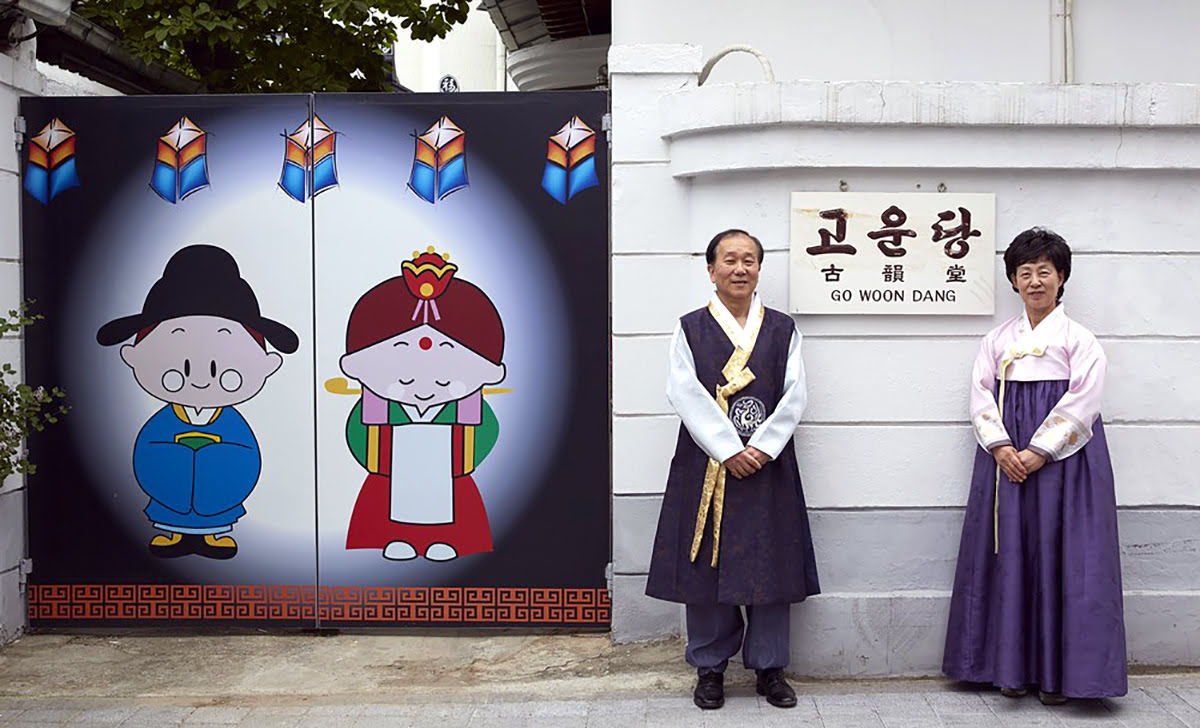
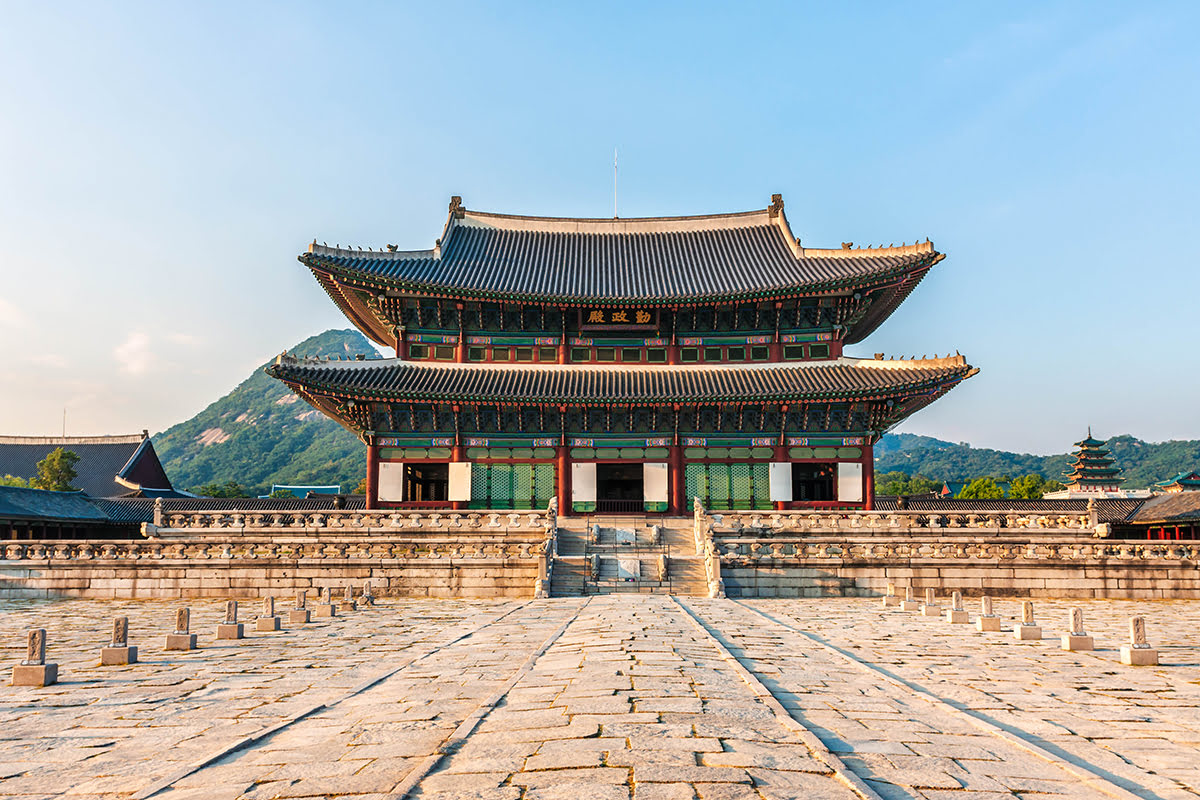
Step 3 – Visit the Throne Hall and Floating Pavillion
As other visitors linger to take selfies at the main gate, you can beat the rush by heading immediately to Geunjeongjeon Hall, one of the few remaining buildings that is original to the reconstruction of the late 1800s. Designated as National Treasure No. 223 by the South Korean Government, this is the throne hall where the king would grant formal audiences, make official declarations, and greet honored foreign guests. This hall would also have been the location of all of the most important celebrations held at the palace, including coronations.
Once you’ve admired the throne hall, head out the western doors to see National Treasure No. 224, Gyeonghoeru Pavillion. This two-story pavilion is the second of the three structures that survived Japanese occupation and the Korean War. Constructed alongside a large pond, the pavilion appears to float above the water, creating one of the most striking views you’ll find at Gyeongbokgung Palace. The pavilion was the site of formal dinners and celebrations, and the manmade pond provided recreational opportunities for the royal family. By heading directly here as soon as the palace opens, you stand a good chance of enjoying a few quiet moments and capturing some serene photos before the largest influx of tourists.
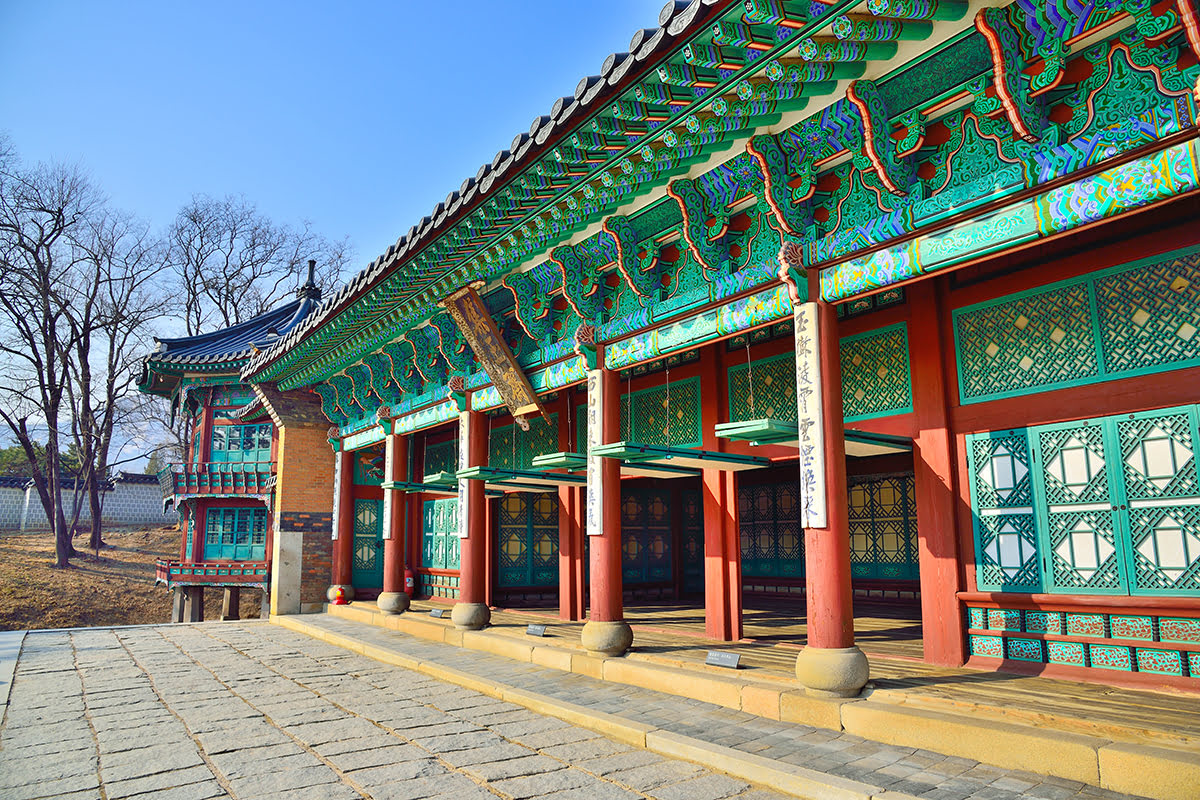
Step 4 – Explore the Royal Living Quarters and Library
After you’ve enjoyed a few minutes of serenity at the pond, it’s time to retrace your steps and head north of the throne hall to explore the royal residences. This collection of buildings and verandas is an elaborate compound with separate quarters for the king, the queen, concubines, children, and in-laws. These palace buildings provide exquisite examples of traditional architecture and design with stunning inlaid ceiling tiles and intricate stone carvings. Keep an eye out for the colorful bricks that are decorated with illustrations of peonies, bamboo, lotus flowers, and butterflies.
Once you’ve checked out the palace’s living area, make your way to Jibokjae, one of Gyeongbokgung Palace’s greatest hidden treasures. Jibokjae was once the private library and meeting room of King Gojong who reigned from 1863 to 1907. In 2016, it was reopened as a public library with more than 1,000 books on the history of the Joseon Dynasty. If you’ve worked up an appetite by now, you can stop for a bite and a cup of tea at Palwoojeong, a beautiful structure, which once served as King Gojong’s rest space and is now a charming café.
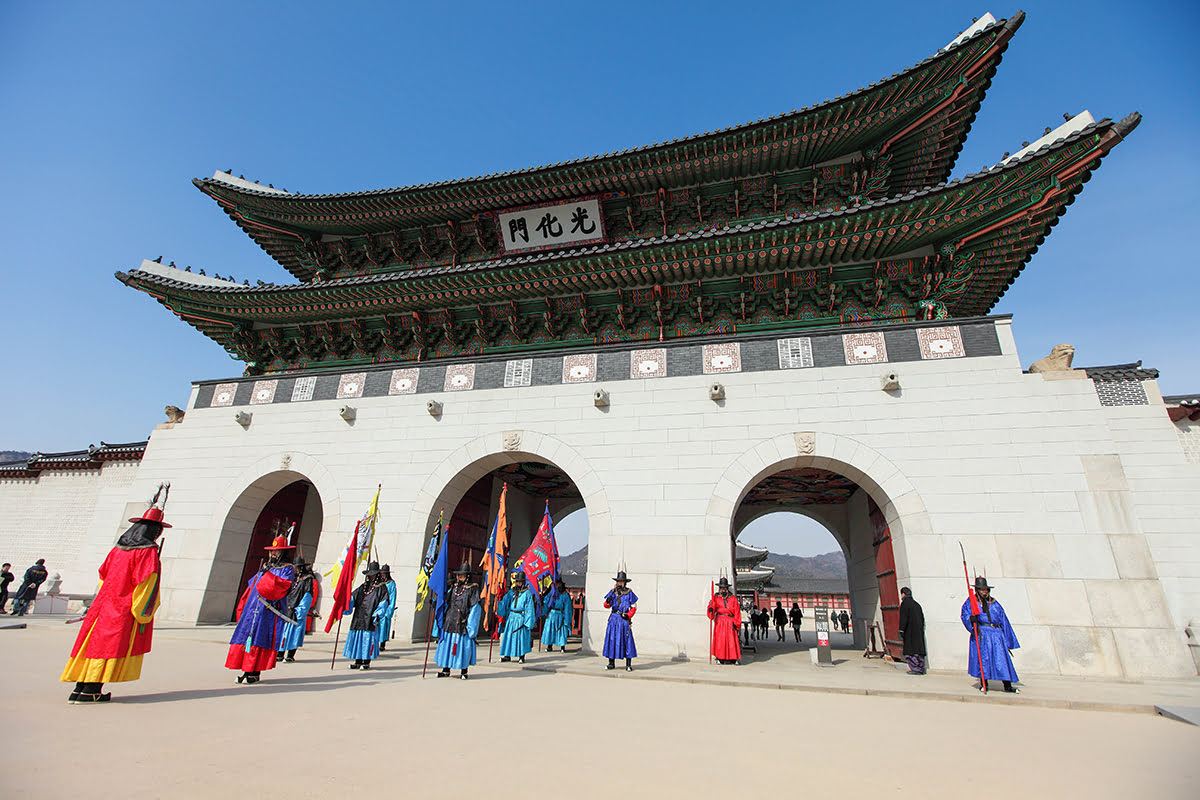
Step 5 – Watch the Changing of the Guard
Your trip to Gyeongbokgung Palace is not complete until you’ve witnessed the twice-daily changing of the guard ceremony. The royal guards of the Joseon Dynasty wore vibrantly-colored uniforms, and the men who reenact the changing of the guard today wear beautiful replica costumes in the traditional primary colors. Unlike at Buckingham Palace where the guards are actually working, this guard change reenactment is just for show. Twice daily, it provides a glimpse into the past when the Sumunjang or royal guard stood watch over the entrance to Gyeongbokgung Palace.
The changing of the guard takes place at 10am and 2pm every day except Tuesdays, and your Gyeongbokgung Palace tickets cover a viewing. Aim to arrive at least 15 minutes before the changing of the guard ceremony in order to ensure a good viewing spot. The performance begins when the gong sounds and continues for about 20 minutes. You will certainly want to have your camera in hand to capture the guards’ formal march. In addition to the traditional costumes, the guards carry replica weapons that are true to those they would have used during the Joseon Dynasty. After the guards change, you may have the chance to try on some traditional Korean clothing and pose for photos in front of the palace before heading back inside the palace walls.
Check into Gongsimga Hanok Guesthouse, Step out to the changing of the guard
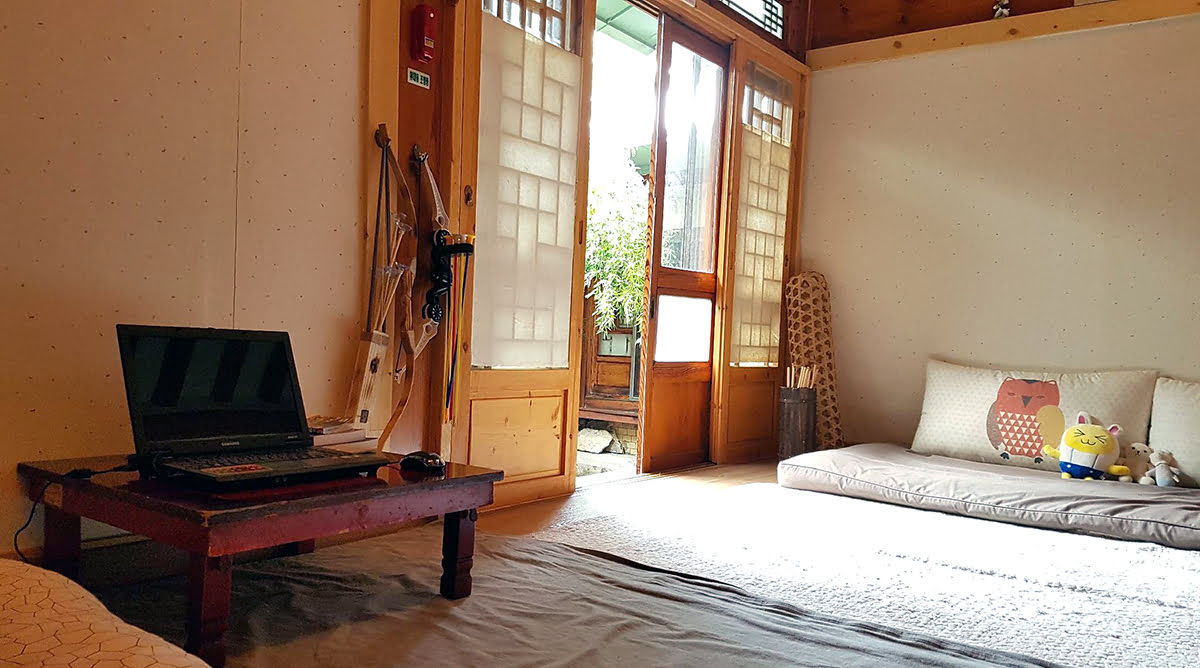
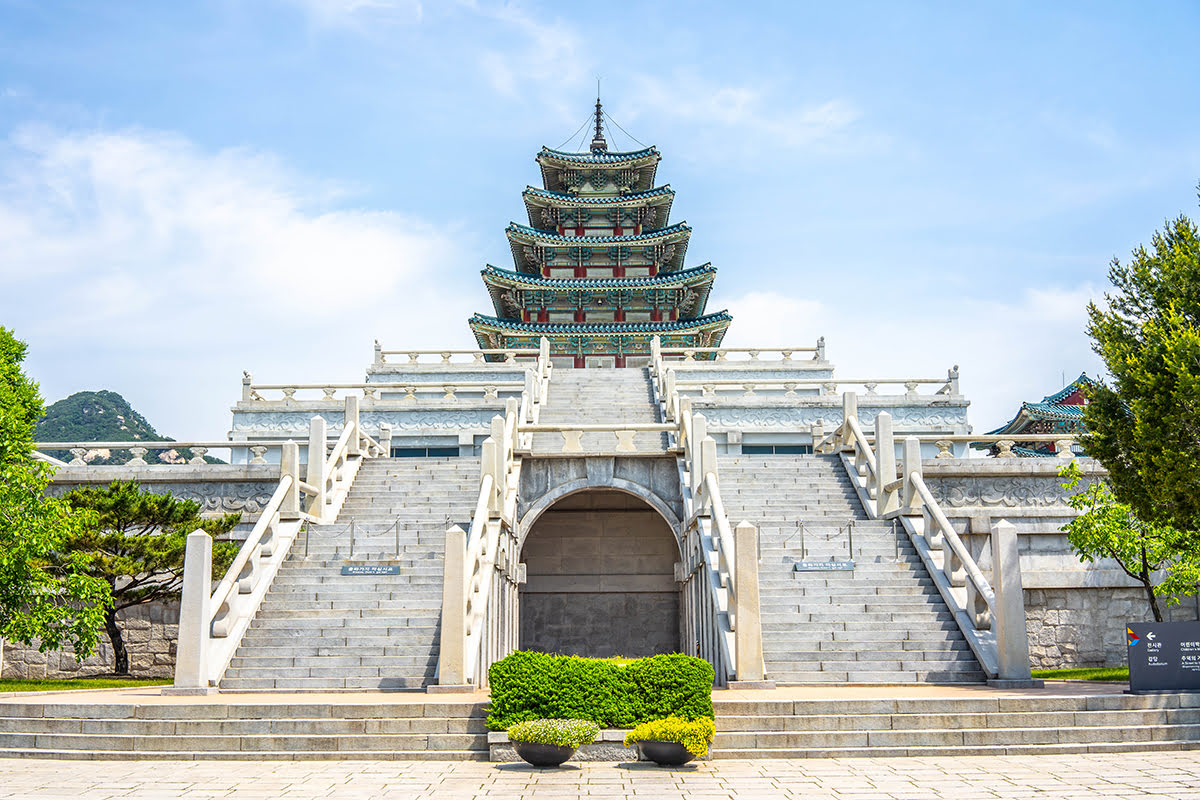
Step 6 – Visit the Museums
Once the changing of the guard ceremony is complete, walk back onto the palace grounds to continue your education and exploration at the two onsite museums. The National Folk Museum of Korea has three main halls and nearly 100,000 artifacts, which date from prehistoric times to the end of the Joseon Dynasty. Make sure to visit the outdoor exhibit that features many artifacts related to everyday life in the Korea of the past.
The other museum on the grounds of Gyeongbokgung is the National Palace Museum of Korea. Opened in 1992, this museum is dedicated to relics from the Joseon Dynasty, including many from Gyeongbokgung Palace itself. The permanent collection features a scroll of poems written by King Jeongjo and a bronze dragon that was discovered at the bottom of the pond near Gyeonghoerru Pavilion. You’ll want to be sure to visit the hall that houses artifacts related to palace life where you’ll be able to view the breathtaking costumes and jewelry worn by the royal family.
Book your stay in Jongro for a convenient location near Gyeongbokgung Palace!
- Changdeokgung Palace
- Gyeonghuigung Palace
- Deoksugung Palace
- Changgyeonggung Palace
Check into Bukchon Sosunjae Hanok Guesthouse, Step out to National Palace Museum
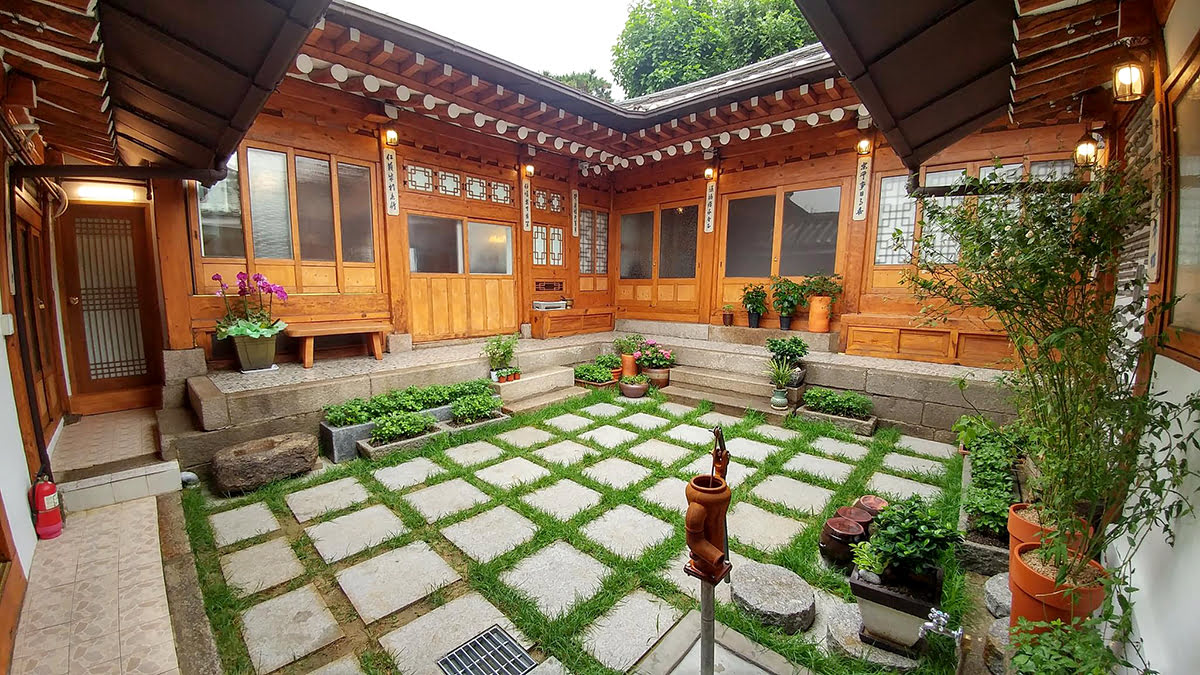
You may also like
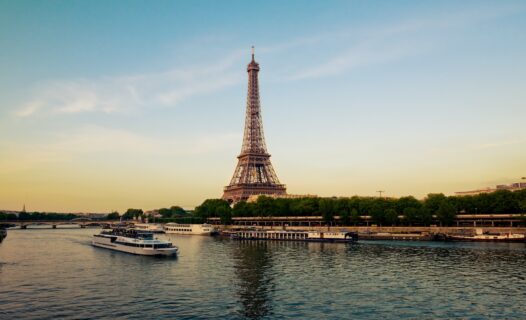
Discover the ultimate 7 days in Paris itinerary! Explore iconic landmarks, savor French cuisine, and immerse in art and history.
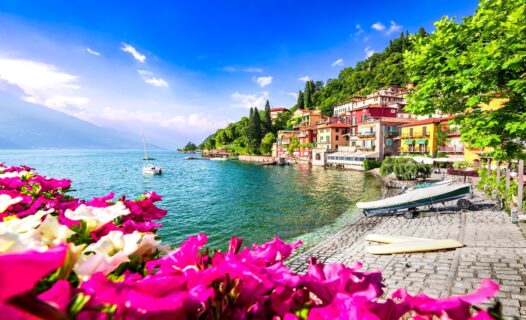
Discover the most enchanting retreats in Italy for celebrating Mother's Day 2024. From luxurious spa resorts to charming Italian villas, find the perfect getaway to honor the special women in your life.
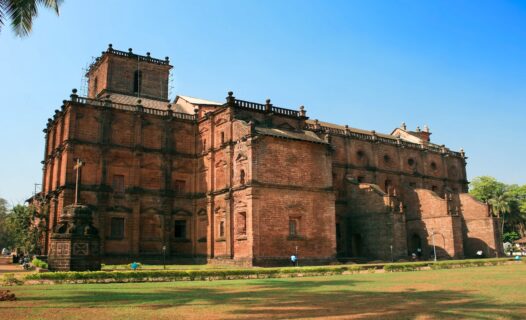
Embark on an unforgettable journey with our Goa Sightseeing Itinerary. Explore sun-kissed beaches, vibrant nightlife, serene temples, and lush wildlife.
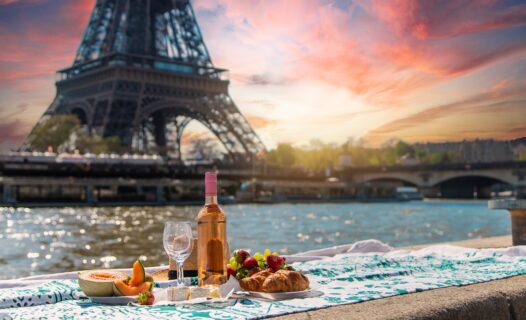
Embark on a gourmet journey through France to celebrate Mother's Day 2024 with exquisite culinary experiences, from Paris to Provence.
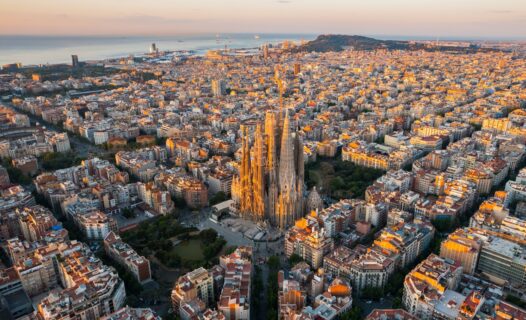
Discover the perfect way to celebrate Mother's Day 2024 in Spain. From cultural treasures in Barcelona to sun-kissed moments in Madrid, make Mother's Day unforgettable.
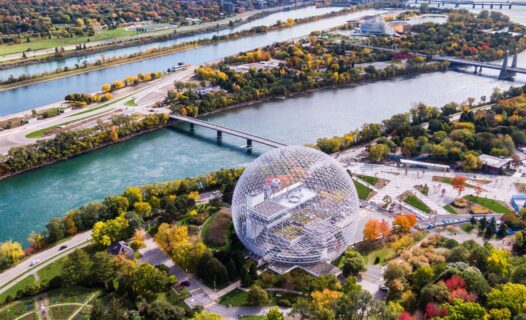
Discover the ultimate guide to celebrating Mother's Day 2024 in Canada. From serene retreats to cultural escapades, this travel guide covers all you need for a memorable Mother's Day.
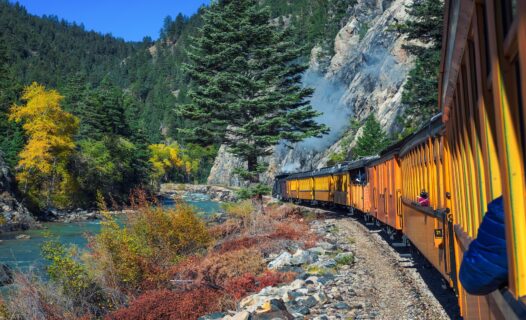
Embark on an unforgettable Mother's Day journey with our guide to the most scenic train rides across the USA. From rolling mountains to historic routes, treat your mom to breathtaking vistas and cherished memories.
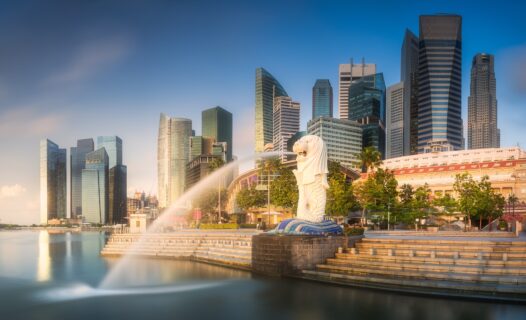
Celebrate Mother's Day 2024 in Singapore with a guide to luxurious staycations, cultural events, and unique experiences. Make it unforgettable for the special woman in your life.
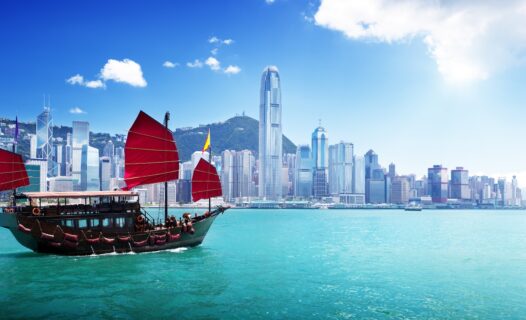
Discover the ultimate guide to celebrating Mother's Day 2024 in Hong Kong. From luxurious spa retreats and cultural explorations to vibrant markets and panoramic photography spots, find everything you need to plan an unforgettable day for the special woman in your life.
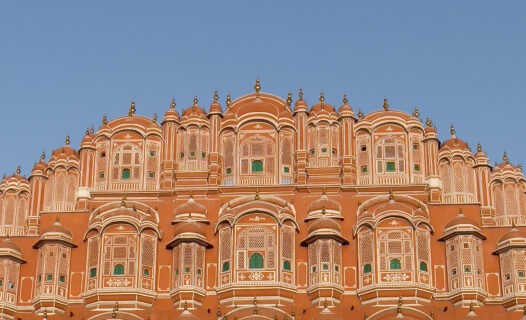
Discover the ultimate guide to celebrating Mother's Day 2024 in Jaipur. From luxurious stays to cultural explorations and culinary delights, create unforgettable memories with your mother in the heart of Rajasthan.
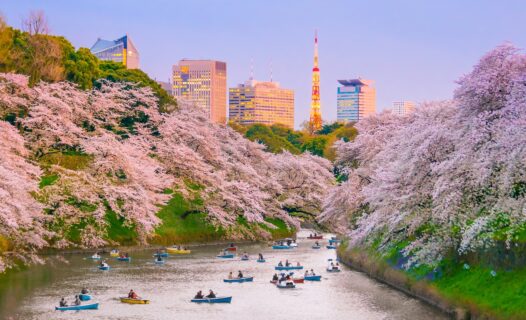
Celebrate Mother's Day 2024 amidst Tokyo's cherry blossoms. Experience sushi, culture, and vibrant festivals with our insider's guide to Japan's capital.
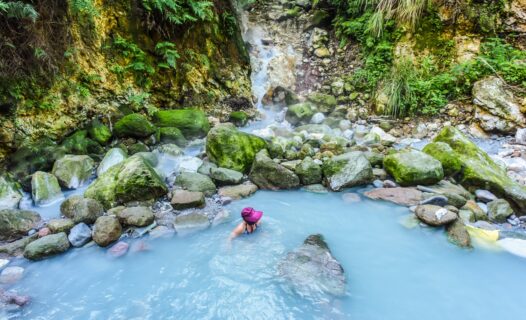
Celebrate Mother's Day 2024 in Taiwan with an unforgettable spa retreat experience, from luxurious hot springs to wellness havens. Explore the best Taiwan has to offer for a rejuvenating getaway.
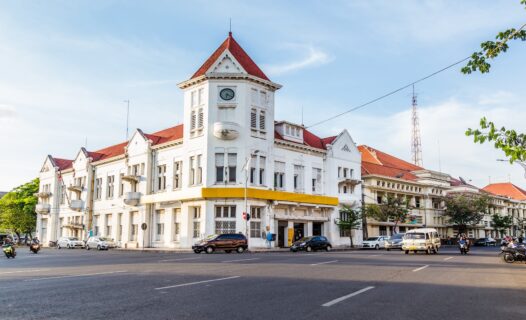
Discover the ultimate 5-day family itinerary in Surabaya, Indonesia, with Agoda. From historical sites to theme parks, enjoy a blend of culture, adventure, and relaxation in Surabaya.
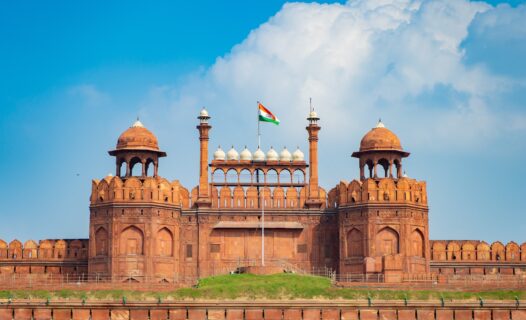
Dive into the heart of India with our 'Weekend Getaway in New Delhi' itinerary. From ancient monuments in Old Delhi to the vibrant streets of New Delhi, explore the city's rich heritage and modern marvels.
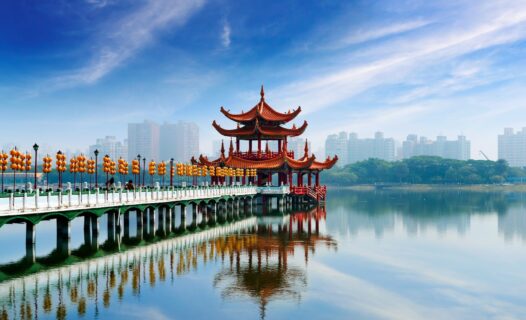
Discover the best of Kaohsiung in just a weekend with our ultimate travel itinerary. From the serene Lotus Pond to the vibrant Liuhe Night Market, this guide covers all must-visit spots and hidden gems.
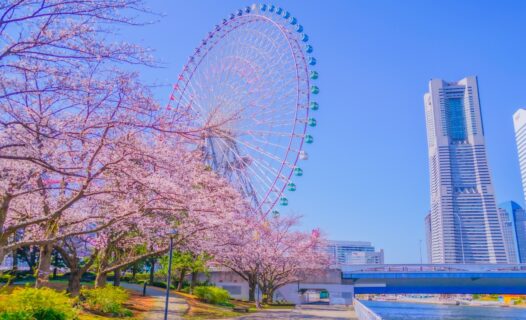
Discover the ultimate family vacation in Yokohama with our itinerary guide. Explore attractions, food, and hotels for all ages.
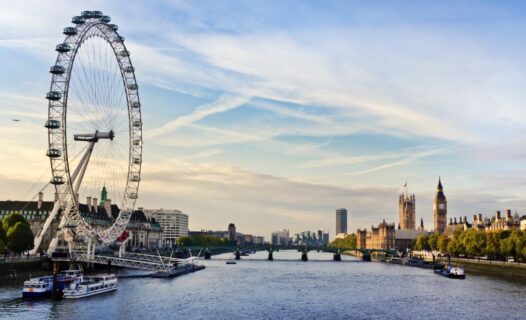
Dive into our comprehensive 3-day London itinerary that takes you through historical marvels, modern wonders, and hidden gems. Uncover the best of London, from royal palaces to avant-garde art galleries, lush parks, and vibrant markets.
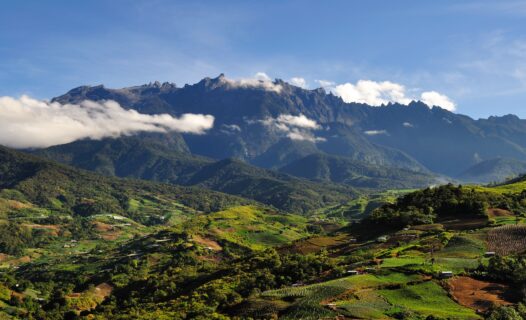
Unlock the secrets of Borneo with our 3-day Kota Kinabalu itinerary. Dive into adventure, culture, and cuisine in one of Malaysia's hidden gems.
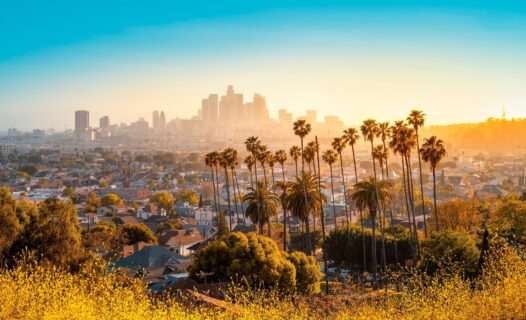
Unlock the magic of the City of Angels with our 3-day Los Angeles itinerary. Explore Hollywood's glamour, iconic landmarks, and breathtaking coasts.
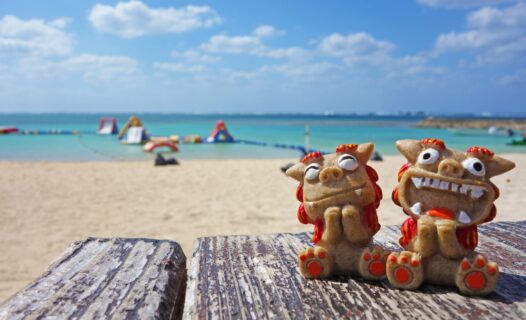
Embark on an unforgettable 7-day journey across Okinawa Main Island. Discover pristine beaches, historical marvels, and rich culture.

Uncover the beauty of Cebu with our 7-day itinerary guide. From historic sites to stunning beaches, explore the best of the island.

Located just north of Gwanghwamun Square, Gyeongbokgung Palace is one of Seoul’s can’t-miss attractions. Gyeongbokgung, also known as Gyeongbok Palace, is the largest of the Five Palaces built in Seoul during the Joseon Dynasty. Today, the expansive grounds of Gyeongbokgung Palace is home to the National Folk Museum of Korea and the National Palace Museum of Korea. Find out how to get Gyeongbokgung Palace tickets and when you can see the changing of the guard.
Step-by-Step Guide to Exploring Gyeongbokgung Palace
In addition to the historic buildings and traditional gardens, Gyeongbokgung Palace is famous for the royal changing of the guard ceremony that takes place twice a day. While perhaps not as well-known as the Queen’s Guard at Buckingham Palace, the royal palace guards of Gyeongbokgung are a sight to behold, and this traditional ceremony is a rare opportunity to catch a glimpse of Seoul’s past.
Given the palace’s many buildings and expansive grounds, it’s a good idea to go in with a plan and some idea of what you’d like to see. This step-by-step guide will help you make the most of your Gyeongbokgung Palace tickets.
Check In to Shilla Stay Gwanghwamun, Step Out to Gyeongbokgung Palace


Know Before You Go to | Gyeongbokgung Palace tickets and tours
Admission and Fees
- Adults – 3,000 won
- Children (ages 7 – 18) – 1,500 won
- Children (six and younger), seniors (65+), and anyone wearing hanbok gets in for free.
- Admission is free for everyone on Culture Day – the last Wednesday of every month.
- Discounts are available for groups of 10 or more.
- First two hours of parking is 3,000 won for small vehicles or 5,000 won for large vehicles. Each additional 10 minutes is 800 won.
Operating Hours
- March – May: 9am – 6pm
- June – August: 9am – 6:30pm
- September – October: 9am – 6pm
- November – February: 9am – 5pm
- The last admission is one hour prior to closing.
- The palace is closed on Tuesdays.
- Operating hours are subject to change.
Free Guided Tours
- English: 11am, 1:30pm, 3:30pm
- Japanese: 10am, 12:30pm, 2:30pm
- Chinese: 10:30am, 1pm, 3pm
- Tours begin in front of the information center inside Heungnyemun Gate and last for an hour and a half.
- Groups of 10 or more must make an advance registration.
- Self-guided audio tours are available to rent.
Check into Four Seasons Hotel Seoul, Step out to Heungnyemun Gate


Step 1 – Understand the History
Gyeongbokgung Palace was built in 1395 by the first ruler of the Joseon Dynasty, King Taejo. Over the next two hundred years, the palace was expanded by King Taejong and King Sejong the Great. After a devastating fire in 1553, King Myeongjong ordered a major restoration. During this time, the palace was home to the royal family and the seat of government with royal duties being carried out in the various halls behind the palace walls.
Gyeongbokgung Palace continued to expand until 1592 when it was completely destroyed during the Japanese invasion of the Imjin War. With Gyeongbokgung reduced to ashes, the royal residence was moved to Changdeokgung Palace, and Gyeongbokgung Palace began almost two centuries of abandonment.
In 1867, the palace was rebuilt and expanded to an incredible 330 buildings and 5,792 rooms. Gyeongbokgung once again became the heart of Seoul and an iconic symbol of Korea and the Korean royal family. Sadly, tragedy struck again in 1895 when Empress Myeongseong was assassinated. Following her death, her husband, Emperor Gojong, left the palace. The Imperial Family would never return to Gyeongbokgung Palace. Beginning in 1910, the Empire of Japan systematically destroyed all but ten of Gyeongbokgung’s buildings during the Japanese occupation of Korea. Just three of the palace’s 19th century buildings survived both Japanese rule and the Korean War – Geunjeongjeon (Imperial Throne Hall), Gyeonghoeru Pavillion, and the Hyangwonjeong Pavillion.
In 1989, the government of South Korea committed to restoring hundreds of important historical buildings that were destroyed during the Japanese occupation. The restoration of Gyeongbokgung Palace was a critical part of this plan, and much of the reconstruction has already been completed. About 40% of the buildings have already been meticulously rebuilt with incredible attention to historical accuracy. As you tour the palace grounds, it won’t take much to imagine that you have stepped back in time.

Step 2 – Get Your Gyeongbokgung Palace Tickets at Gwanghwamun Gate
The palace opens at 9am, but it’s wise to arrive a few minutes early in order to beat the rush. You’ll want to enter through the Gwanghwamun Gate to the south since the majority of tour buses unload near the gate and ticket booth on the eastern side of the palace. Be sure to grab a map – you’re going to need it!
As you pass through Gwanghwamun Gate, make note of the traditional two-story pavilion and the three arched gateways. The reconstruction of this main palace gate was finally completed in 2010 after five years of painstaking work to render it identical to the gate that stood on this same location centuries ago. You’ll be returning to this gate for the changing of the guard ceremony, so for now, move on to explore the grounds and palace buildings.
Check into Gowoondang Hanok Guesthouse, Step out to Gwanghwamun Square


Step 3 – Visit the Throne Hall and Floating Pavillion
As other visitors linger to take selfies at the main gate, you can beat the rush by heading immediately to Geunjeongjeon Hall, one of the few remaining buildings that is original to the reconstruction of the late 1800s. Designated as National Treasure No. 223 by the South Korean Government, this is the throne hall where the king would grant formal audiences, make official declarations, and greet honored foreign guests. This hall would also have been the location of all of the most important celebrations held at the palace, including coronations.
Once you’ve admired the throne hall, head out the western doors to see National Treasure No. 224, Gyeonghoeru Pavillion. This two-story pavilion is the second of the three structures that survived Japanese occupation and the Korean War. Constructed alongside a large pond, the pavilion appears to float above the water, creating one of the most striking views you’ll find at Gyeongbokgung Palace. The pavilion was the site of formal dinners and celebrations, and the manmade pond provided recreational opportunities for the royal family. By heading directly here as soon as the palace opens, you stand a good chance of enjoying a few quiet moments and capturing some serene photos before the largest influx of tourists.

Step 4 – Explore the Royal Living Quarters and Library
After you’ve enjoyed a few minutes of serenity at the pond, it’s time to retrace your steps and head north of the throne hall to explore the royal residences. This collection of buildings and verandas is an elaborate compound with separate quarters for the king, the queen, concubines, children, and in-laws. These palace buildings provide exquisite examples of traditional architecture and design with stunning inlaid ceiling tiles and intricate stone carvings. Keep an eye out for the colorful bricks that are decorated with illustrations of peonies, bamboo, lotus flowers, and butterflies.
Once you’ve checked out the palace’s living area, make your way to Jibokjae, one of Gyeongbokgung Palace’s greatest hidden treasures. Jibokjae was once the private library and meeting room of King Gojong who reigned from 1863 to 1907. In 2016, it was reopened as a public library with more than 1,000 books on the history of the Joseon Dynasty. If you’ve worked up an appetite by now, you can stop for a bite and a cup of tea at Palwoojeong, a beautiful structure, which once served as King Gojong’s rest space and is now a charming café.

Step 5 – Watch the Changing of the Guard
Your trip to Gyeongbokgung Palace is not complete until you’ve witnessed the twice-daily changing of the guard ceremony. The royal guards of the Joseon Dynasty wore vibrantly-colored uniforms, and the men who reenact the changing of the guard today wear beautiful replica costumes in the traditional primary colors. Unlike at Buckingham Palace where the guards are actually working, this guard change reenactment is just for show. Twice daily, it provides a glimpse into the past when the Sumunjang or royal guard stood watch over the entrance to Gyeongbokgung Palace.
The changing of the guard takes place at 10am and 2pm every day except Tuesdays, and your Gyeongbokgung Palace tickets cover a viewing. Aim to arrive at least 15 minutes before the changing of the guard ceremony in order to ensure a good viewing spot. The performance begins when the gong sounds and continues for about 20 minutes. You will certainly want to have your camera in hand to capture the guards’ formal march. In addition to the traditional costumes, the guards carry replica weapons that are true to those they would have used during the Joseon Dynasty. After the guards change, you may have the chance to try on some traditional Korean clothing and pose for photos in front of the palace before heading back inside the palace walls.
Check into Gongsimga Hanok Guesthouse, Step out to the changing of the guard


Step 6 – Visit the Museums
Once the changing of the guard ceremony is complete, walk back onto the palace grounds to continue your education and exploration at the two onsite museums. The National Folk Museum of Korea has three main halls and nearly 100,000 artifacts, which date from prehistoric times to the end of the Joseon Dynasty. Make sure to visit the outdoor exhibit that features many artifacts related to everyday life in the Korea of the past.
The other museum on the grounds of Gyeongbokgung is the National Palace Museum of Korea. Opened in 1992, this museum is dedicated to relics from the Joseon Dynasty, including many from Gyeongbokgung Palace itself. The permanent collection features a scroll of poems written by King Jeongjo and a bronze dragon that was discovered at the bottom of the pond near Gyeonghoerru Pavilion. You’ll want to be sure to visit the hall that houses artifacts related to palace life where you’ll be able to view the breathtaking costumes and jewelry worn by the royal family.
Book your stay in Jongro for a convenient location near Gyeongbokgung Palace!
- Changdeokgung Palace
- Gyeonghuigung Palace
- Deoksugung Palace
- Changgyeonggung Palace
Check into Bukchon Sosunjae Hanok Guesthouse, Step out to National Palace Museum

You may also like

